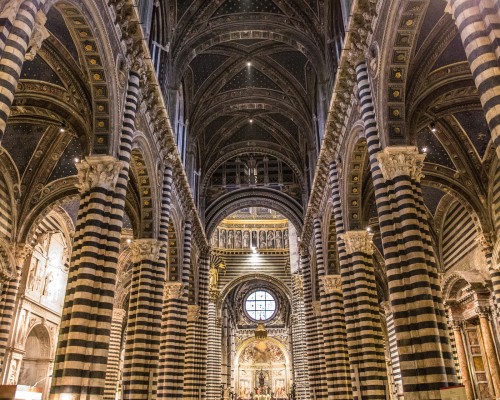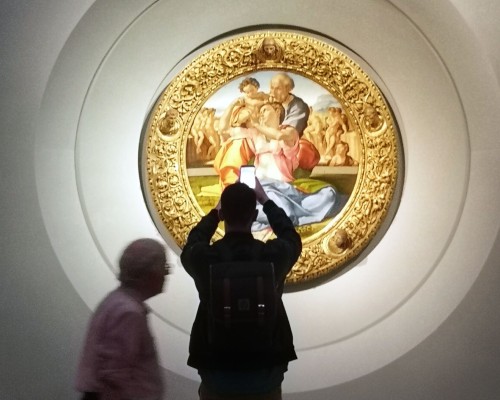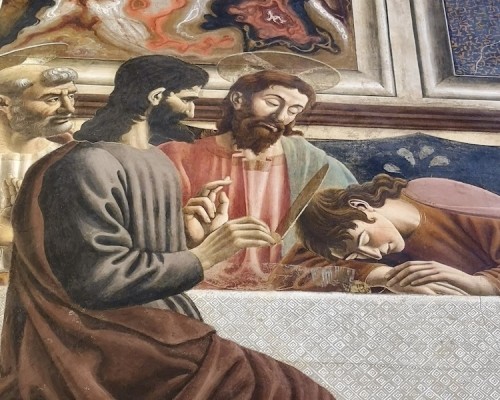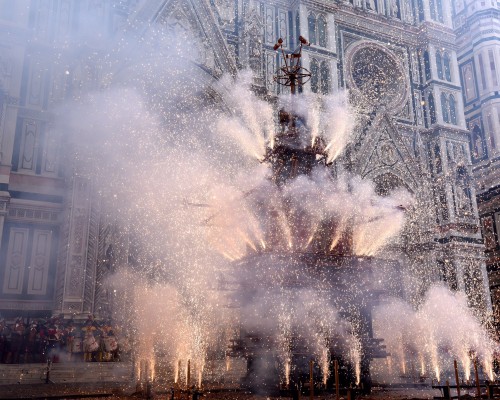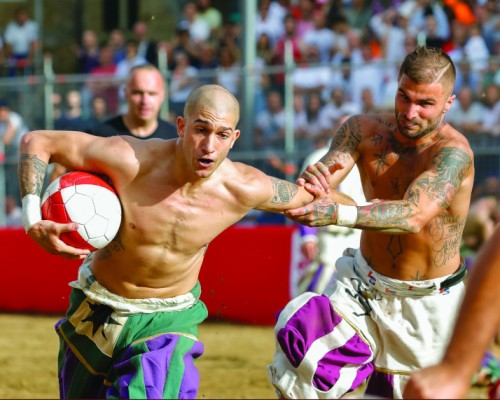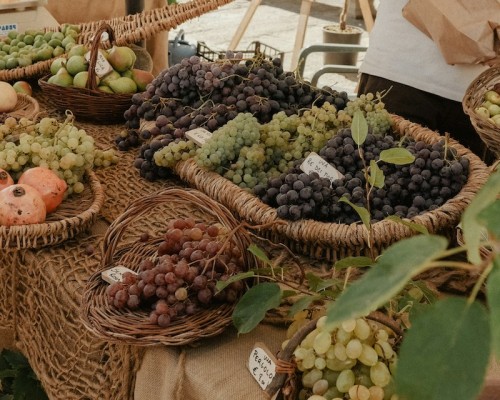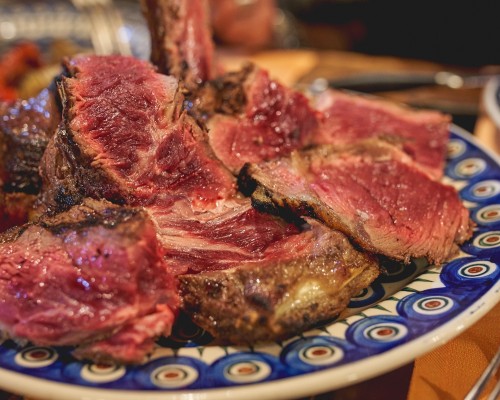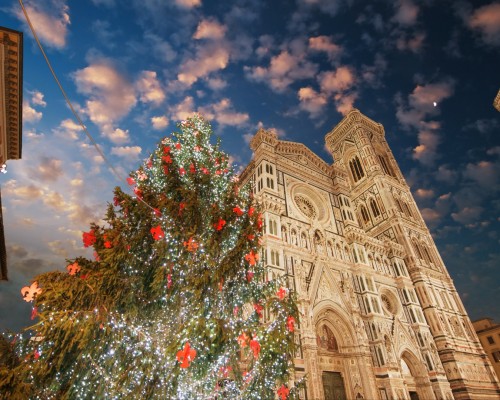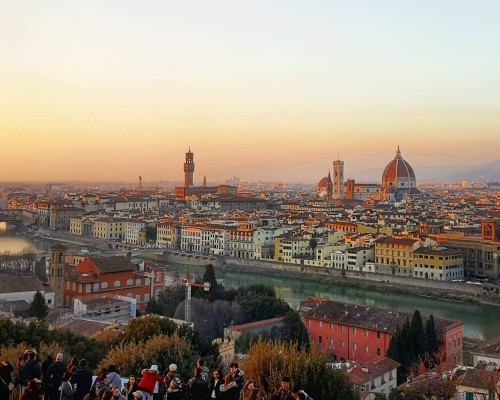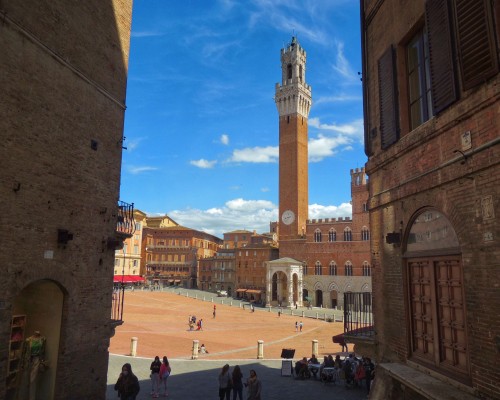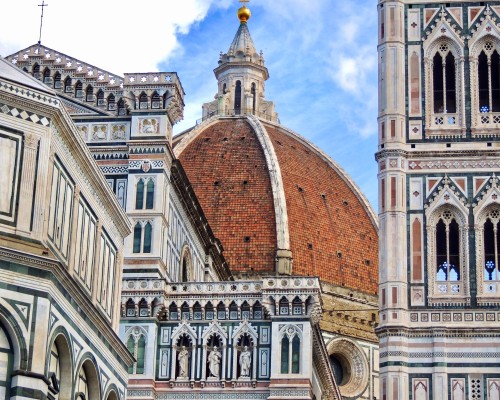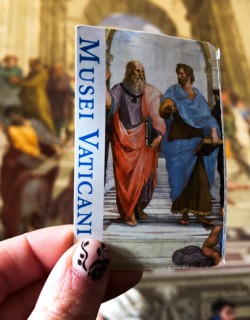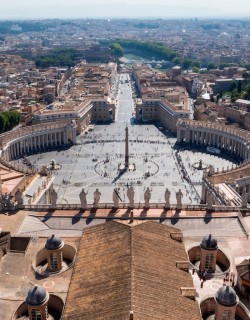Our Free Florence Travel Guide
What to See in Siena Cathedral: 10 Highlights Not to Miss
Discover the top things to see in Siena Cathedral, from Michelangelo's sculptures to panoramic views ...
Thu 31 Jul 2025
read moreThe Power of the Image: Uffizi Masterpieces That Made the Renaissance
Explore the Uffizi Gallery and discover how Renaissance art - and the very idea of art history - was ...
Wed 16 Jul 2025
read moreEaster in Art: A Journey Through Holy Week Across Italy
Join us on a journey through Easter in art, exploring the Passion, death, and resurrection of Christ ...
Thu 17 Apr 2025
read moreCalcio Storico: Florence's Beautiful but Brutal Game
A fascinating mix of football, rugby and wrestling, historic Calcio Storico is Florence's brutal yet ...
Tue 04 Mar 2025
read moreThe Best Markets in Florence
The markets of Florence remain among the best opportunities to reconnect with the city. Find out all ...
Tue 28 Jan 2025
read moreTales of Taste: The Folklore Behind Tuscany's Iconic Dishes
Heading to Tuscany this year? Let us whet your appetite with a history of Tuscany's most famous ...
Tue 07 Jan 2025
read moreChristmas in Florence
Christmas in Florence transforms the city into a more romantic place than usual. From early December ...
Mon 02 Dec 2024
read moreThe Best Places to See the Sunset in Florence: 10 Amazing Views
There are few more beautiful sights in the world than Florence when the sun goes down, transforming ...
Wed 27 Nov 2024
read moreThe Complete Travel Guide to Siena: Everything You Need to Know to Visit
Stunning Siena is our favorite small city to visit in Italy. Find out everything you need to know ...
Sat 09 Nov 2024
read moreThe Best Day Trips from Florence: 10 Perfect Destinations in Tuscany
From Pisa’s iconic Leaning Tower to the needle-like towers of San Gimignano and the delights of ...
Mon 04 Nov 2024
read moreWhat to See in Florence’s Piazza del Duomo
From the extraordinary Duomo to the Baptistery, Giotto's Bell Tower, an amazing museum and more, ...
Tue 29 Oct 2024
read morePost Categories
